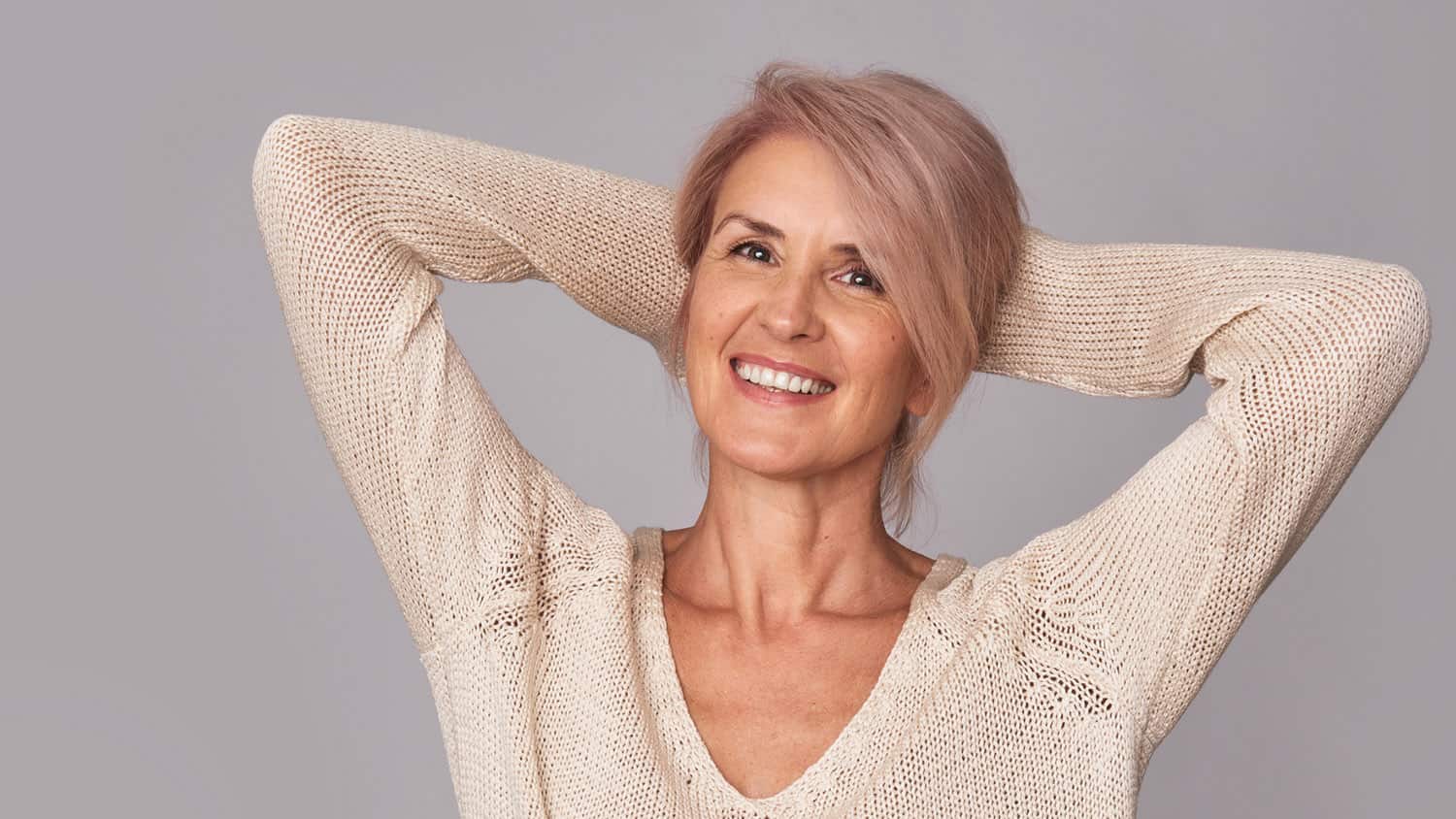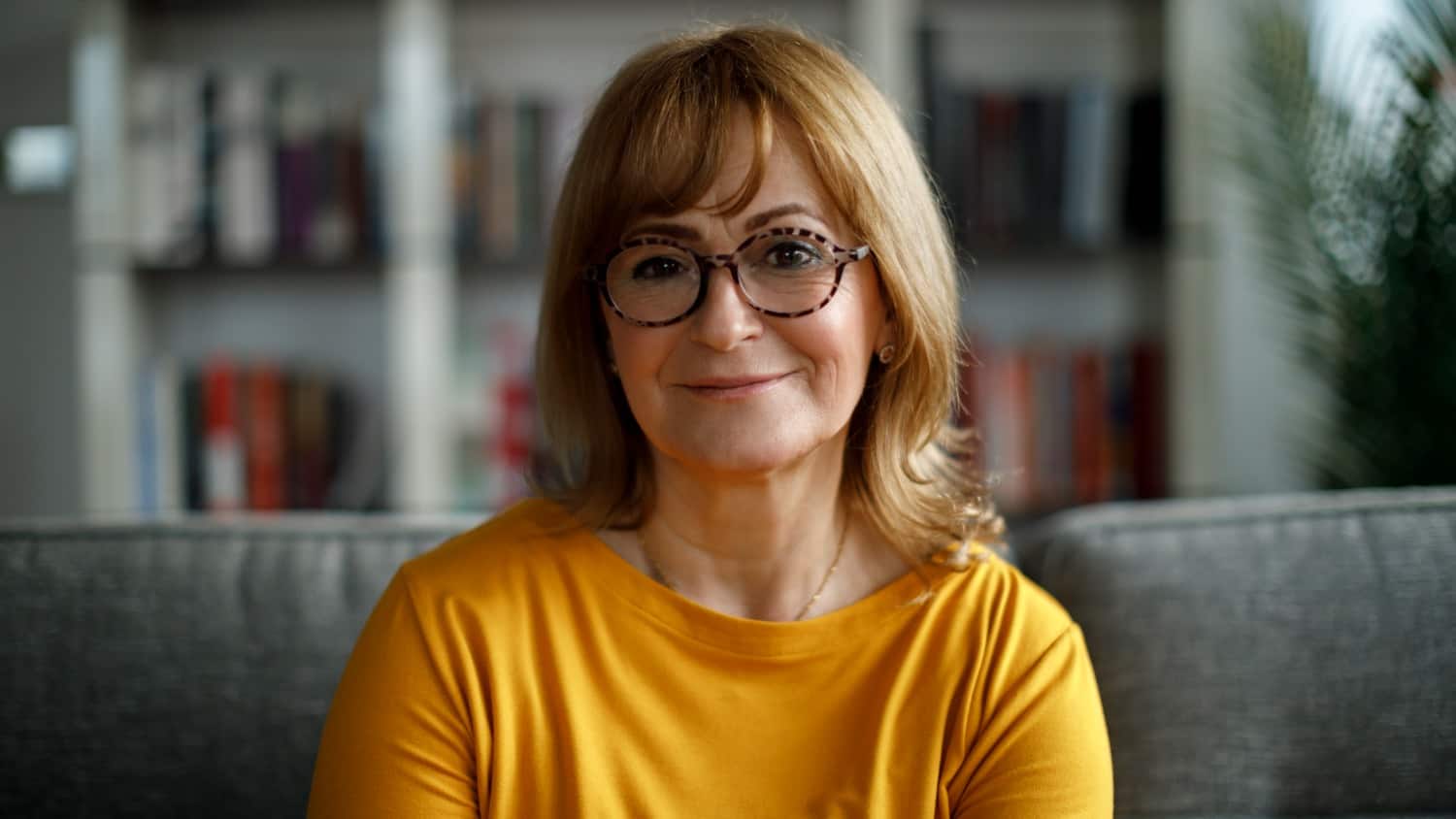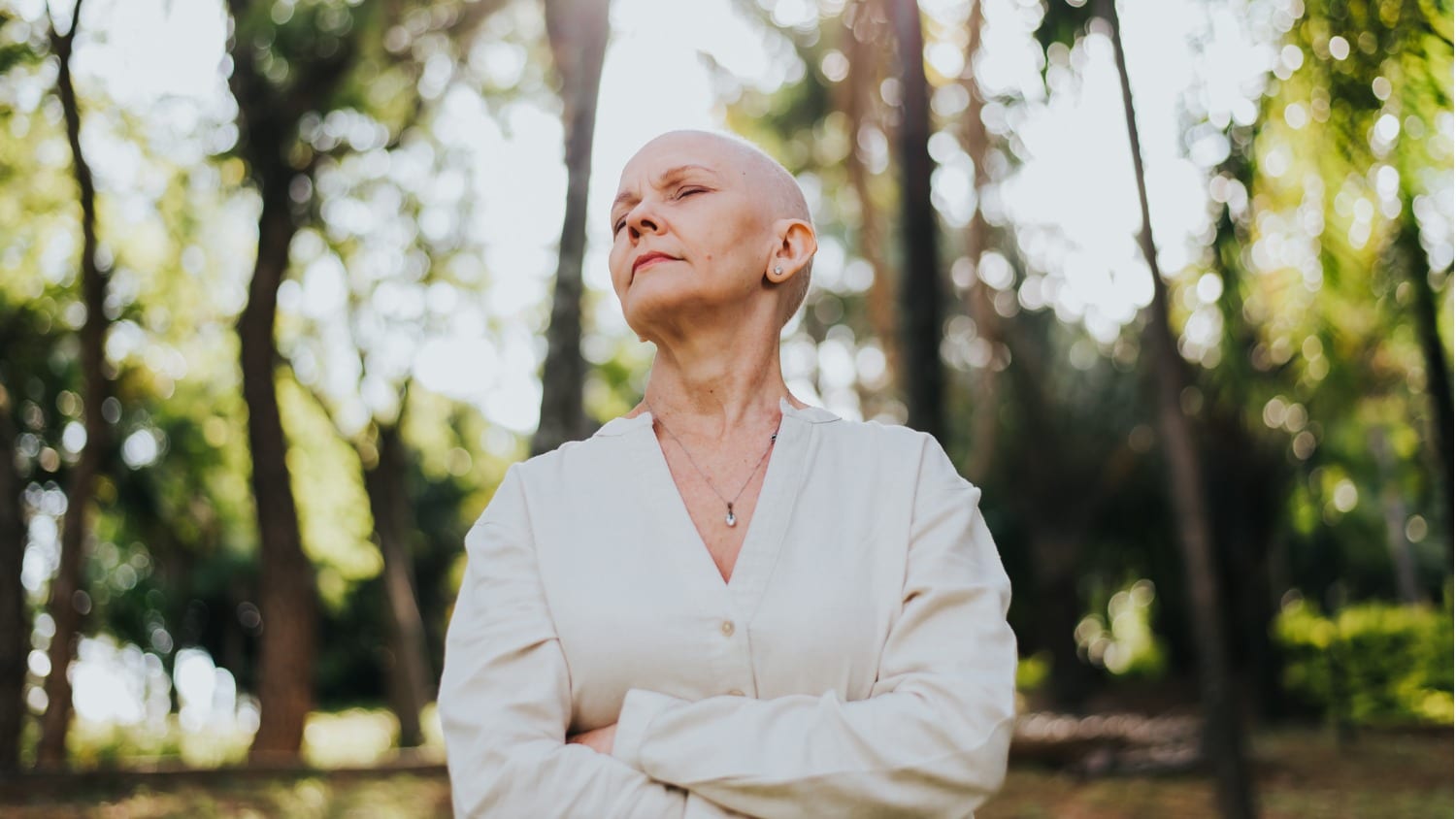
Is It Possible for Women Over 50 to Limit the Decline?
The 50s is the decade when most women will be entering the menopause. Not only can the hot flushes and night sweats kick in but this is also the time for the ‘hidden’ bone loss complications. Bowel cancer risk increases as well as type 2 diabetes.
If you have not paid attention to your diet you may be finding it difficult to manage your blood sugar, night sweats, and weight gain.
Diet and Exercise
Calcium is important in your daily diet due to the decreasing bone-protective estrogen levels. Milk, yoghurt, bony fish (think tinned salmon) are excellent sources but so, too, are the fibre-rich dark leafy vegetables.
You may not think it, but for those of you who do not partake in an exercise program, you still have the capacity to a regular health and fitness plan, as long as other issues are not stopping you from achieving this.
Adding low impact cardio or workouts with weights is recommended, though make sure to be kind to your joints. Water aerobics can be a great alternative if you suffer from weakened joints.
Don’t be in a hurry with your exercise. Try and fit in 5-10 minutes of warm-ups and slight stretching either side of your workouts. I cannot stress enough the importance of being gentle on your body.
If you have never done a workout (or if it has been a few years since your last workout) or you suffer from chronic illness or injury, seek out an expert who can give you the correct targeted fitness advice.
Diet should be high in fibre and rich in good fats, (none of that low-fat diet here) and you should drink plenty of water, at least 1-2 litres (50oz) a day.
Morning Aches, Pains, and Stiffness
During your 50s the aches, pains, and stiffness in the morning may creep in. In your 60s this can progress into being prone to falls and slight accidents.
Do not be quick to put this down to age, however. There are actions you can take to combat these things from happening.
I was never an advocate for low-fat diets, and women in their 60s may have been eating low-fat diets for the past 20-30 years. Now they are quite likely seeing the effects this is having on their bodies.
You need good healthy fats in your diet to help lubricate your joints, decrease inflammation in the body, keep your mind focused as well as maintain healthy cholesterol and blood pressure levels.
The good fats I am talking about are the Omega 3, 6, and 9 fats found in hemp oil, hemp seeds, flax (linseed) oil, avocado, oily fish like salmon and full fat Greek yoghurt.
Simple things like adding cold pressed olive oil mixed with apple cider vinegar or balsamic vinegar over salads is both a great source of oil and also helps the body absorb the nutrients found in leafy green vegetables.
I have seen many women pay attention to their calcium levels, but you also need to be paying attention to your magnesium levels. This helps to relax you and support healthy muscle function. Good food sources include leafy greens and dark chocolate!
Muscle Loss
Muscle loss starts to become an issue in your 60s. This is called sarcopenia, and you can lose up to 3kg (6 lb) of muscle every 10 years.
Muscle is important. Apart from the cosmetic reasons of flabby skin, muscle mass strength and function decreases making it the greatest contributor to disability in women as young as 50.
A decrease in muscle mass is also accompanied by a progressive increase in fat mass and, consequently, changes in body composition. It is associated with an increased incidence of insulin resistance. Bone density decreases while joint stiffness increases.
Although I’m not trying to scare you, I think that stating the facts will make you aware of the hidden factors that may be occurring and give you some tips on how you can decrease the impact.
Keep your bones and muscles strong with muscle resistance and balance training exercises. Hill walking, as opposed to long runs, is better suited for women in their 60s. This gives you the benefit of increasing your heart rate without too much impact on your joints.
What do you do to limit the decline after 50? What have you experienced in your life so far? How are you dealing with all the different aspects of decline?
Disclaimer: This article is not intended to provide medical advice. Please consult with your doctor to get specific medical advice for your situation.
Tags Medical Conditions






